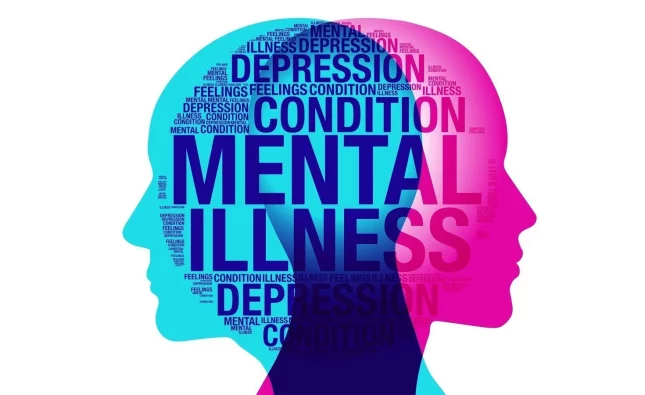
Introduction: The rising temperatures attributed to climate change have far-reaching consequences, particularly for vulnerable populations who face disproportionate risks. This article delves into the impact of increasing temperatures on vulnerable communities, highlighting the urgent need to address this emerging public health crisis.
- Understanding Vulnerable Populations: a) Elderly Individuals: Older adults often have reduced heat tolerance, chronic health conditions, and limited mobility, making them more susceptible to heat-related illnesses. b) Children and Infants: Young children have immature temperature regulation systems, making them vulnerable to heat stress and dehydration. c) Low-Income Communities: Limited access to air conditioning, lack of shaded green spaces, and inadequate healthcare resources contribute to the heightened vulnerability of low-income communities. d) Homeless Individuals: Those experiencing homelessness often lack access to shelter, cooling centers, and clean water, exacerbating their risk of heat-related illnesses. e) Individuals with Chronic Health Conditions: People with preexisting conditions such as cardiovascular diseases, respiratory illnesses, and diabetes face increased health risks in extreme heat.
- Health Impacts on Vulnerable Populations: a) Heat-Related Illnesses: Vulnerable populations are more prone to heat exhaustion, heatstroke, and dehydration due to their reduced ability to regulate body temperature effectively. b) Exacerbation of Chronic Health Conditions: Extreme heat can worsen existing health conditions, including cardiovascular diseases, respiratory illnesses, and kidney disorders, leading to increased hospitalizations and mortality rates. c) Mental Health Implications: Prolonged exposure to high temperatures can contribute to heat-related stress, anxiety, and sleep disturbances, affecting the mental well-being of vulnerable individuals.
- Environmental and Social Factors: a) Urban Heat Island Effect: Urban areas with concrete and asphalt retain heat, creating higher temperatures that disproportionately impact low-income communities lacking green spaces and tree cover. b) Air Pollution: Rising temperatures can worsen air quality, especially in urban environments, leading to respiratory problems and exacerbating health issues for vulnerable populations. c) Social Isolation and Inadequate Support: Lack of social support networks, limited access to cooling centers, and inadequate information exacerbate the vulnerability of marginalized communities during heatwaves.
- Addressing the Crisis: a) Heat-Health Warning Systems: Implementing early warning systems can alert vulnerable populations and healthcare providers about impending heatwaves, enabling timely interventions. b) Cooling Centers and Shelters: Establishing cooling centers and temporary shelters during extreme heat events can provide a safe haven for vulnerable individuals lacking access to air conditioning. c) Community Outreach and Education: Raising awareness about heat-related risks, providing information on preventive measures, and ensuring vulnerable communities have access to resources and support are essential components of addressing the crisis. d) Urban Planning and Heat Mitigation: Implementing urban planning strategies that prioritize green spaces, tree planting, cool roofs, and improving access to affordable, energy-efficient cooling systems can help reduce the urban heat island effect and protect vulnerable populations. e) Equity in Climate Adaptation: Ensuring equitable distribution of resources, healthcare services, and adaptive measures is crucial in addressing the disproportionate impact of rising temperatures on vulnerable populations.
Conclusion: The impact of rising temperatures on vulnerable populations presents a significant public health crisis. It is imperative for governments, communities, and healthcare systems to prioritize the needs of these populations through targeted interventions, including heat-health warning systems, cooling centers, community outreach, and urban planning strategies. By addressing this crisis with urgency, we can mitigate the health risks faced by vulnerable communities and build a more resilient and equitable society in the face of climate change.










